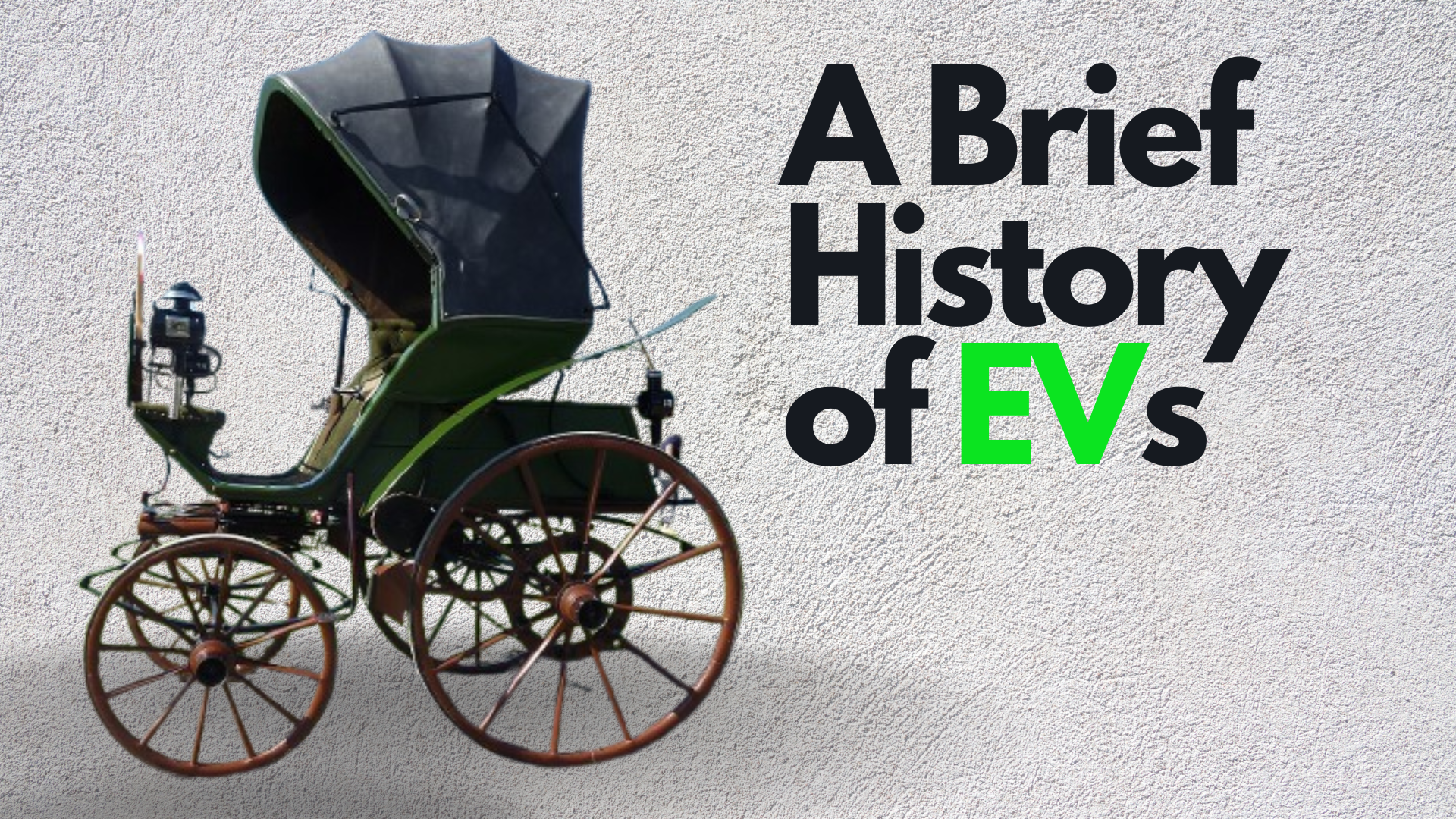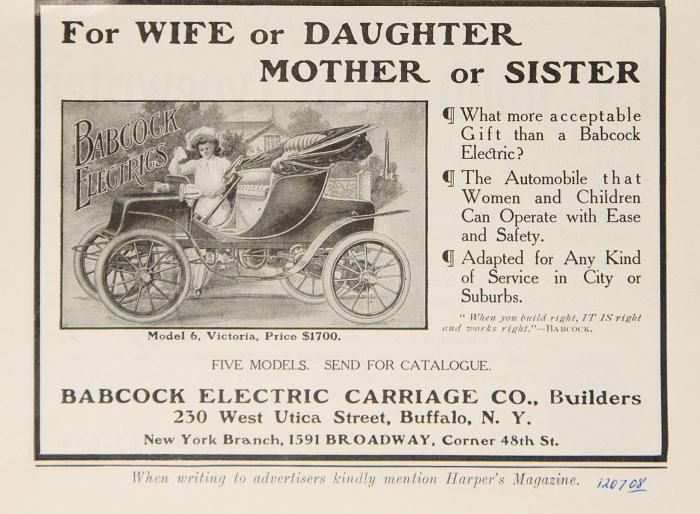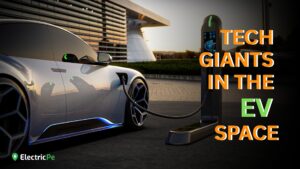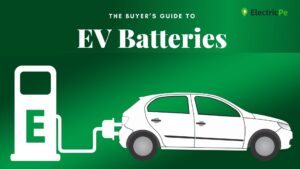The last decade has witnessed the accelerated adoption of electric vehicles globally, driven in part by environmental concerns. In exploring the history of EVs, it’s clear that electric vehicles have come a long way, with several new and existing automakers now entering the EV market. There’s no doubt that EVs are the future.
While the electric revolution is considered a modern phenomena that took the world by storm, EVs have been tried, tested and sold since the late 19th century, much before the modern vehicle design came into existence.
The Invention of the Electric Motor
The main (and the most pricey) component of any electric vehicle today is (usually) the battery. Development of advanced Battery Management Systems and general tech have pushed the worldwide adoption of EVs.
However, in the beginning of the 1800s, not only was battery tech behind but the electric motor hadn’t been invented yet!
In 1820, Danish Physicist Hans Christian Ørsted published his groundbreaking discovery that the compass needle deflected from its magnetic north due to interference from nearby electric currents.
This finding revealed a direct relationship between electricity and magnetism, laying the foundation for electromagnetism. Intrigued by this discovery was a young physicist from Hungary, Ányos Jedlik.
Come 1828, Jedlik goes on to invent the world’s first electric motor. Interestingly, to demonstrate the usability of his invention, he powered a model car with it. Though not the first ‘real’ EV, this could be considered an early EV prototype, paving the way for the first functional electric vehicle ever made.

The Advent of Electric Vehicles
The first ever EV made was an electric carriage. Designed by the Scottish inventor Robert Anderson during the 1830s, the carriage ran on non-rechargeable power cells. These were disposable batteries which used crude oil to generate electricity producing a top speed of 12 km/h.
This was followed by the creation of the Flocken Elektrowagen by German inventor Andreas Flocken in 1888. The Flocken Elektrowagen was an iron-tyred wooden carriage with an electric motor connected to the axle via leather belts.
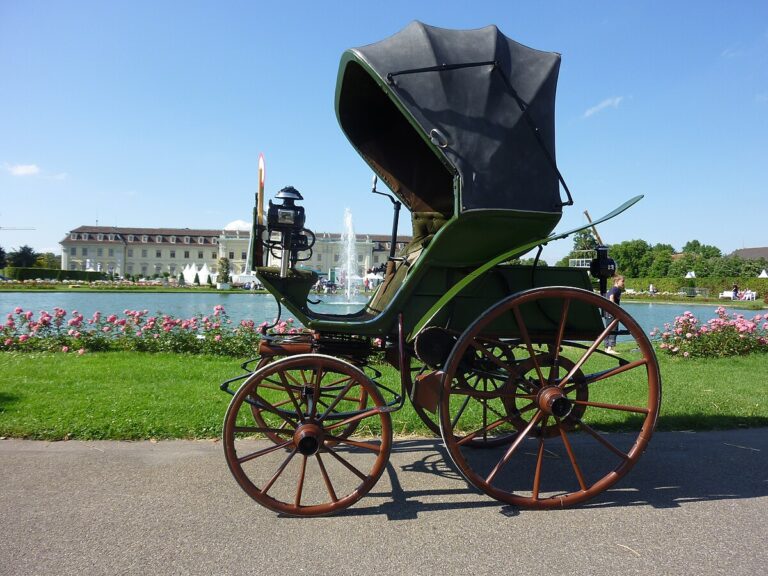
The wooden car weighed 400 kg and had a top speed of 15 km/h. Flocken then went on to develop slightly different versions, some of them featuring electric headlights (considered a novelty at the time) until the company ceased operations in 1903 .
However, by the 1900s, electric cars had become so popular with several players in the global market.
1900s America - Golden Years of Early Electric Vehicles
Scottish Inventor William Morrison immigrated to the US in 1880 where he primarily worked as a chemist. However, his interest in developing a lightweight battery led him to partner with the Des Moines Buggy Company.
Together, they launched the first American-made EV in 1891, a 6-seater carriage that had a top speed of 22 km/h.
While Morrison’s primary interest laid in developing batteries rather than mobility, his creation paved the way for other inventors.
Several manufacturers including the Detroit Electric entered the scene soon after, enjoying commercial success.
The gasoline vehicles at the time required manual hand cranking to start, were noisy, vibrated (a lot) and emitted thick fumes. On the other hand, electric vehicles offered a cleaner experience. However, the price for the average EV was at least twice as expensive as the average gas car.
Due to these factors, manufacturers marketed EVs mostly to upper class women!
By the start of the 1900s, EVs were so popular that one third of all cars in the US were electric.
The Shift to Gasoline
In 1908, Ford launched its affordable Model T, costing a fraction of the price of EVs, taking over the American vehicle market. 4 years later, Cadillac invented the electric starter switch which eliminated the need to hand crank to start.
Affordable prices and the convenience of the starter switch quickly made gasoline vehicles more practical. Coupled with the expansion of public roads in the U.S., early EVs were destined to fade into history.
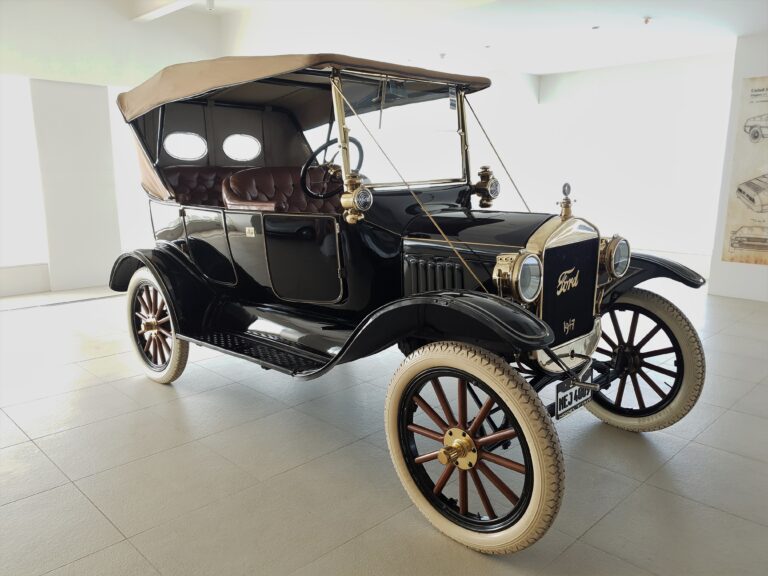
Electric Vehicles Today
Since the 2000s, automakers around the world have been developing concept EVs. India saw the evolution of the REVAi from Chetan Maini’s Reva Electric Car Company to become Mahindra e2o between 2001 and 2019.
Meanwhile, the 2008 launch of the Tesla Roadster turned heads globally, showcasing the impressive performance potential of electric cars. Fast forward to today, and automakers are not just designing concept EVs—they’re making their mainline models fully electric.
Currently, over 40 million electric cars are on the road worldwide!
Also Read: How EVs Are Redefining Vehicle Design


